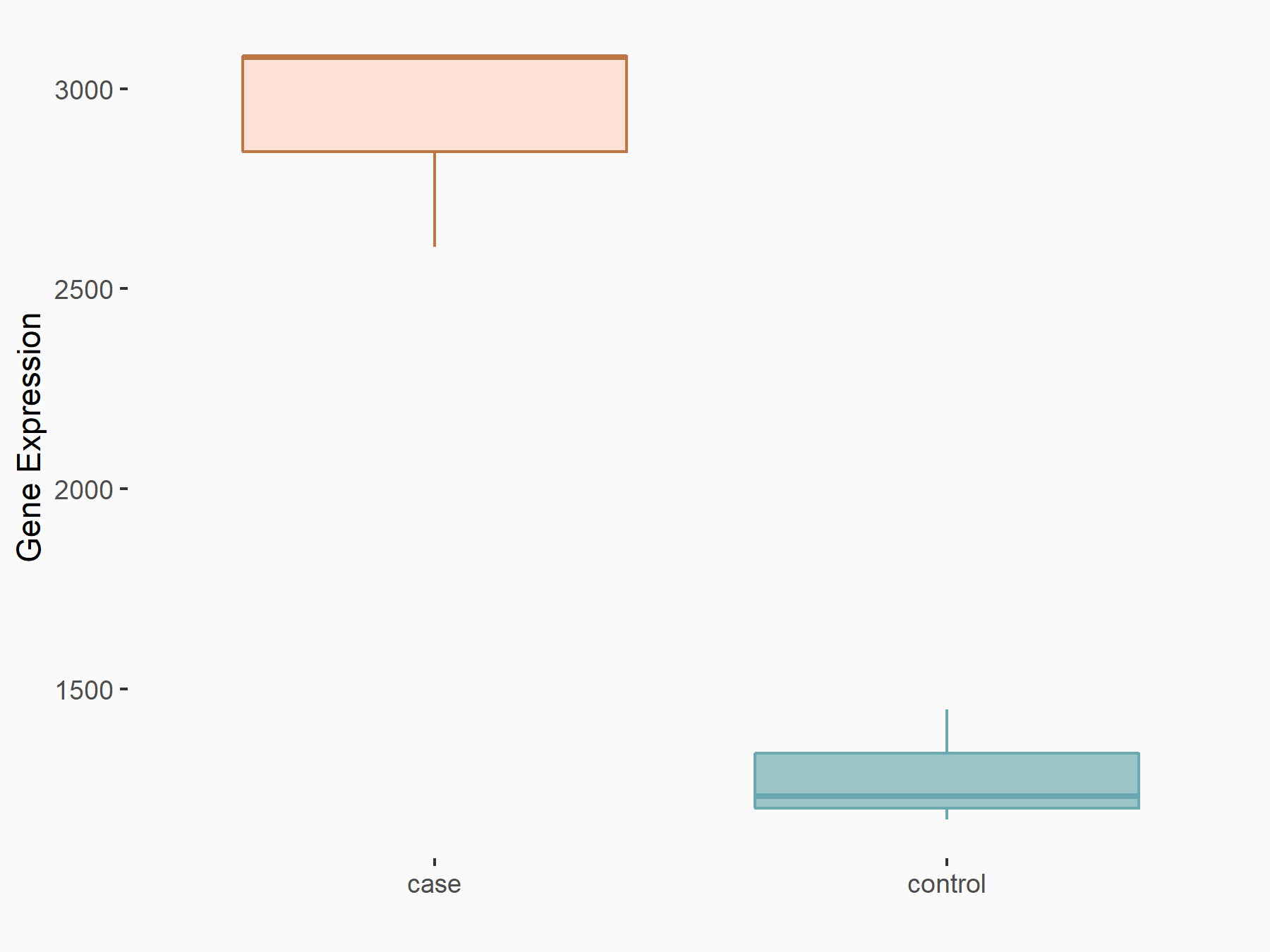m6A Target Gene Information
General Information of the m6A Target Gene (ID: M6ATAR00392)
Full List of m6A Methylation Regulator of This Target Gene and Corresponding Disease/Drug Response(s)
SIAH1
can be regulated by the following regulator(s), and cause disease/drug response(s). You can browse detail information of regulator(s) or disease/drug response(s).
Browse Regulator
Browse Disease
Heterogeneous nuclear ribonucleoproteins A2/B1 (HNRNPA2B1) [READER]
| Representative RNA-seq result indicating the expression of this target gene regulated by HNRNPA2B1 | ||
| Cell Line | c2c12 cell line | Mus musculus |
|
Treatment: HNRNPA2B1 knockout c2c12 cells
Control: WT c2c12 cells
|
GSE152467 | |
| Regulation |
  |
logFC: 1.19E+00 p-value: 5.63E-11 |
| More Results | Click to View More RNA-seq Results | |
| In total 1 item(s) under this regulator | ||||
| Experiment 1 Reporting the m6A Methylation Regulator of This Target Gene | [1] | |||
| Response Summary | The RP11/hnRNPA2B1/mRNA complex accelerated the mRNA degradation of two E3 ligases, E3 ubiquitin-protein ligase SIAH1 (SIAH1) and Fbxo45, and subsequently prevented the proteasomal degradation of Zeb1. m6A can regulate the expression of RP11, further, RP11 regulated Siah1-Fbxo45/Zeb1 was involved in the development of Colorectal cancer. | |||
| Target Regulation | Down regulation | |||
| Responsed Disease | Colorectal cancer | ICD-11: 2B91 | ||
| Pathway Response | Proteasome | hsa03050 | ||
| Cell Process | Proteasomal degradation | |||
| In-vitro Model | DLD-1 | Colon adenocarcinoma | Homo sapiens | CVCL_0248 |
| HCT 15 | Colon adenocarcinoma | Homo sapiens | CVCL_0292 | |
| HCT 8 | Colon adenocarcinoma | Homo sapiens | CVCL_2478 | |
| RKO | Colon carcinoma | Homo sapiens | CVCL_0504 | |
| SW480 | Colon adenocarcinoma | Homo sapiens | CVCL_0546 | |
| In-vivo Model | HCT-15 RP11 stable overexpression or control cells (2 × 106 per mouse) diluted in 100 uL normal medium + 100 uL Matrigel (BD Biosciences) were subcutaneously injected into immunodeficient mice to investigate tumour growth. | |||
Colorectal cancer [ICD-11: 2B91]
| In total 1 item(s) under this disease | ||||
| Experiment 1 Reporting the m6A-centered Disease Response | [1] | |||
| Response Summary | The RP11/hnRNPA2B1/mRNA complex accelerated the mRNA degradation of two E3 ligases, E3 ubiquitin-protein ligase SIAH1 (SIAH1) and Fbxo45, and subsequently prevented the proteasomal degradation of Zeb1. m6A can regulate the expression of RP11, further, RP11 regulated Siah1-Fbxo45/Zeb1 was involved in the development of Colorectal cancer. | |||
| Responsed Disease | Colorectal cancer [ICD-11: 2B91] | |||
| Target Regulator | Heterogeneous nuclear ribonucleoproteins A2/B1 (HNRNPA2B1) | READER | ||
| Target Regulation | Down regulation | |||
| Pathway Response | Proteasome | hsa03050 | ||
| Cell Process | Proteasomal degradation | |||
| In-vitro Model | DLD-1 | Colon adenocarcinoma | Homo sapiens | CVCL_0248 |
| HCT 15 | Colon adenocarcinoma | Homo sapiens | CVCL_0292 | |
| HCT 8 | Colon adenocarcinoma | Homo sapiens | CVCL_2478 | |
| RKO | Colon carcinoma | Homo sapiens | CVCL_0504 | |
| SW480 | Colon adenocarcinoma | Homo sapiens | CVCL_0546 | |
| In-vivo Model | HCT-15 RP11 stable overexpression or control cells (2 × 106 per mouse) diluted in 100 uL normal medium + 100 uL Matrigel (BD Biosciences) were subcutaneously injected into immunodeficient mice to investigate tumour growth. | |||